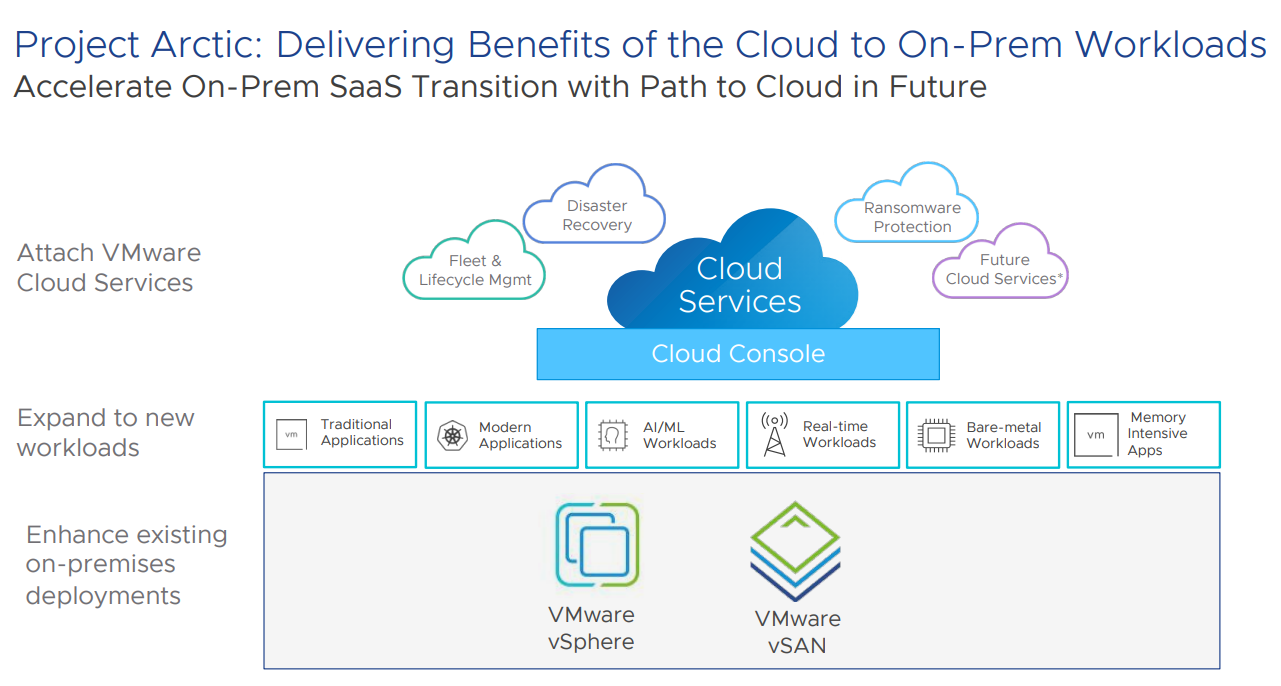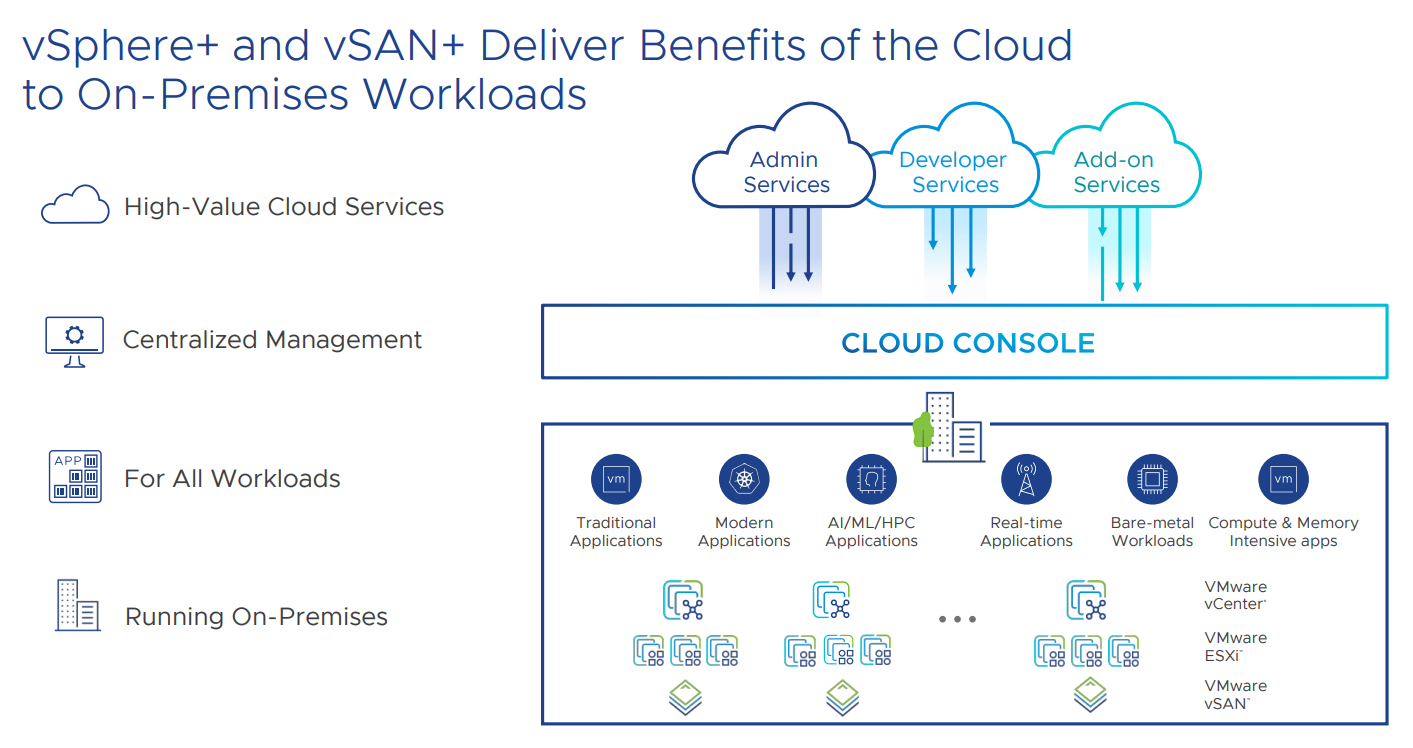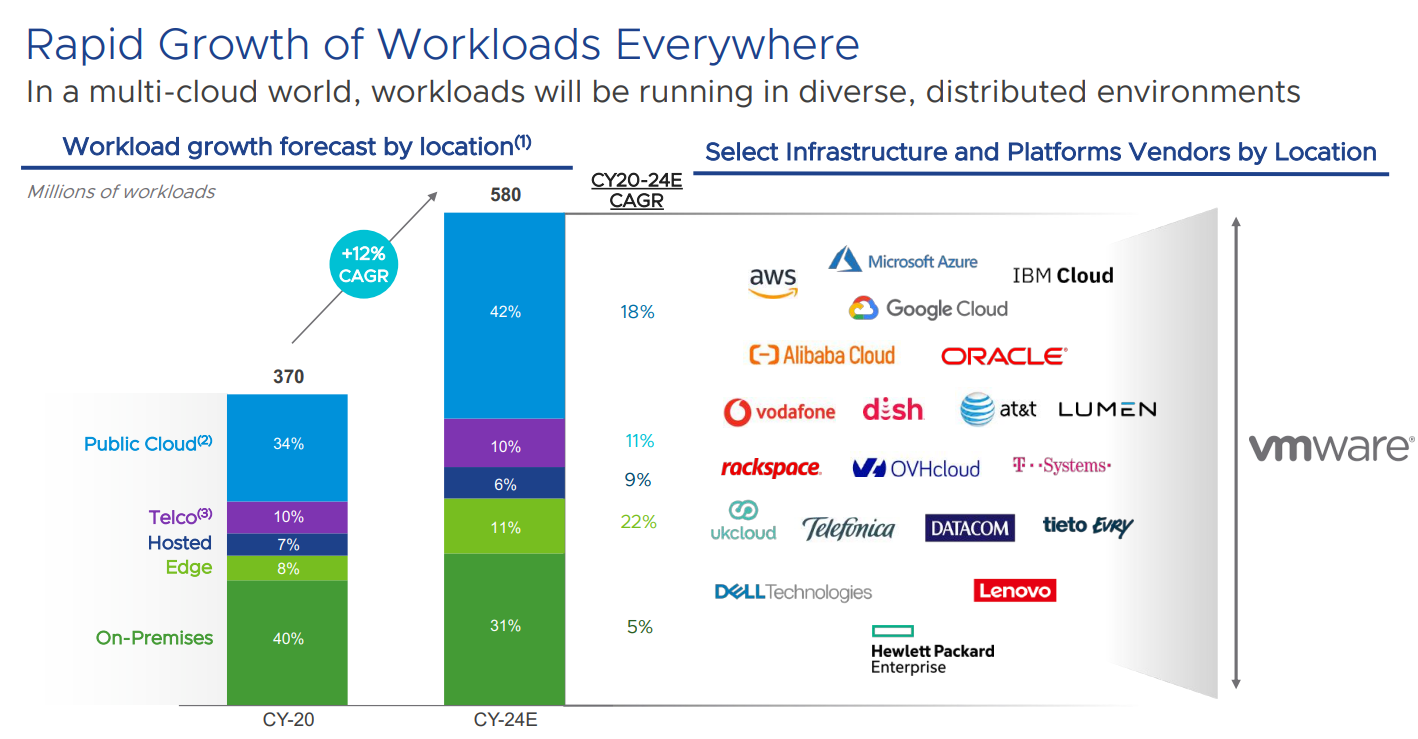
Enterprises have been shifting many of their workloads into the cloud to take advantage of the scalability, efficiencies, and economics those environments offer. The COVID-19 pandemic and ensuing sharp turn to remote work only accelerated those efforts.
At the same time, during those years, companies also decided to keep some of their workloads in their central datacenters – or even bring them back from the cloud to on-premises infrastructure. Dell Technologies in one study found that 77 percent of businesses have repatriated a critical public cloud workload back to their datacenters for any number of reasons, from security and cost concerns to problems meeting SLAs. Issues of privacy and data sovereignty also can play a role in such decisions.
Still others have a hybrid cloud mentality, and they are spanning Amazon Web Services, Microsoft Azure, and Google Cloud.
What this means is that everyone is pretty much stuck managing multiple and incompatible platforms. And yet, enterprises essentially want to erase that line that separates the cloud from the datacenter and the edge and run everything as a single environment.
For VMware, that has meant working with partners, such as former parent company Dell – Broadcom now is offering $61 billion to buy VMware – and Nvidia. That said, central to its plans is Project Arctic, a strategy unveiled last year at the VMworld conference. A longtime datacenter player that has shifted its focus to the cloud as businesses embraced modern cloud-native technologies like containers and Kubernetes, VMware unveiled an array of offerings, many of which were based on its Tanzu Kubernetes platform, designed to make it easier for companies to embrace the cloud and edge.
Today, VMware took another step in its Project Arctic plans, bringing new cloud services to the latest versions of its vSphere server virtualization and vSAN storage virtualization platforms to give enterprises a single cloud-based interface for centrally managing their virtualized workloads on premises, at the edge and in the public cloud.
“Despite the recent trend of cloud migration, enterprises are choosing to keep many of their workloads on-prem or on the edge for variety of reasons, such as data, privacy, security or in some cases, apps may have different requirements in performance and latency that’s better satisfied and more controlled in on-prem environments,” Weiguo He, senior director of product marketing, said during a briefing with journalists. “There are even reports of cloud repatriation as organizations realize that some workers may operate better on premises. Nevertheless, many IT leaders continue to press for cloud migration based on real or perceived advantages of public cloud. Therefore, it is important to offer cloud-like benefits and bring cloud services to the on-prem workloads to get the best of both worlds. This has been one of the major asks we constantly hear from our customers.”
He noted that the new products, vSphere+ and vSAN+, are expansions of offerings that enterprises have been using for years, giving them a level of comfort even as those products bring new levels of capabilities. That includes unified infrastructure management for all environments via the Cloud Console, including managing configurations and policies and automatic updates of on-premises infrastructure components. There also are hybrid cloud services covering such areas as disaster recovery, ransomware protection, and the ability to add more cloud compute and storage capacity, monitor global inventory and security posture, and provision VMs to any vSphere or cluster or vSAN data store.
vSphere+ also provides a single platform for running VMs and containers that are orchestrated by Kubernetes as well as extending the capabilities of Tanzu Standard Runtime to enable developers to run and manage Kubernetes as scale on premises, in public clouds and at the edge. VMware also is including Tanzu Mission Control Essentials – a modern application development platform – in vSphere+.
“You can give developers self-service access to container resources as a unified Kubernetes management and the security across multiple Kubernetes clusters,” He said. “This makes vSphere+ a common platform to run both containers and virtual machines side by side, making it easier to build, run and manage a stack of modern apps om a trust platform.”
Another cloud-like benefit of vSphere+ and vSAN+ is that they are available via a consumption-based pricing model, essentially paying for what they use.
VMware also wanted to make the new products easy and fast to deploy. According to He, organizations deploy a cloud gateway on premises and connect it to Cloud Console, where they can register vCenters in the console and convert them to subscriptions. All this is done without disrupting on-premises operations.
VMware is looking to put in place these hybrid cloud capabilities in anticipation of the trend toward more workloads running in disparate locations.
“Across this increasingly distributed environment, customers are looking for solutions that help them operate consistently across this and help them accelerate their innovation as a result,” Mark Lohmeyer, senior vice president and general manager at VMware, said during the briefing. “What that means is that we’re seeing workloads growing everywhere. If you think about this in a multicloud world, workloads will be increasingly running in diverse and very distributed environments. Workloads are growing overall and they’re actually growing in all these different locations, in public clouds and telco-hosted environments, and edge environments and on-prem. That means it is reflected in our customer base where they have workloads in many cases distributed across these different locations.”








That’s an odd marketing angle given Arctic ice is nearly gone for a good part of the year now and in another decade or so may be gone year round.